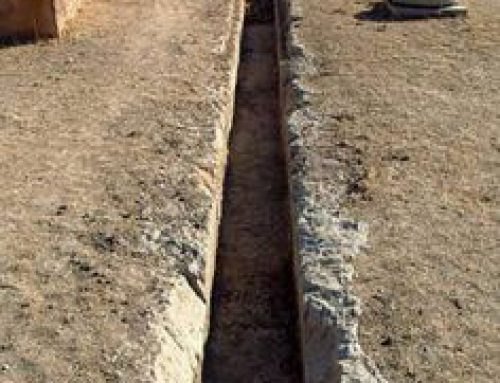
Core-formed Phoenician glass bottle (400s BC)
The Phoenicians, from as early as 1500 BC, were mainly known for producing glass bottles and jars, especially for perfume.
The Phoenicians sold these jars to Egypt and to the Assyrians. After the Dark Age they began to sell their jars (and the perfume) to the Greeks too. The rise of the Silk Road in the last centuries BC also meant that Phoenician glass beads and perfume vases traveled to China and India. Traders exchanged Phoenician glass for Chinese silk and Indian spices and medicines.

Roman mold-blown glass (100s AD)
After the expansion of the Roman Empire, the Phoenicians sold their glass all over the Mediterranean region, North Africa, and Europe. Traders brought Phoenician glass beads as far south as the Congo and all down the East African coast.

Roman glass bowl, 200s AD, buried in Japan in the 400s AD
The invention of mold-blown glass about 50 BC made glass cheaper, so the Phoenicians sold a lot more glass after that. From China to the Congo, everyone wanted glass bowls, glass drinking cups, and glass jars.
The Phoenicians gradually got absorbed into the Roman Empire, so their later art history is the same as the history of Roman art, and then later Byzantine art and Islamic art.
Learn by doing: check out glass beads in a bead store
More about the Phoenicians
Bibliography and further reading about Phoenician art:
The Phoenicians, by Elsa Marston (2001). For high schoolers.
The Phoenicians, edited by Sabatino Moscati (2000). A good summary, even though it’s not specially for kids.
Phoenicians, by Glenn Markoe of the Cincinnati Art Museum (2001). Good pictures, and covers the whole time range down to the Hellenistic.
The Art and Architecture of the Ancient Orient, by Henri Frankfort (5th edition 1997). The standard for college art history classes. Not that much on the Phoenicians, though.




